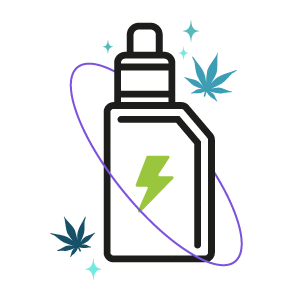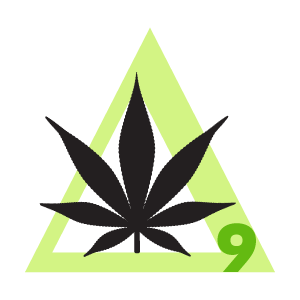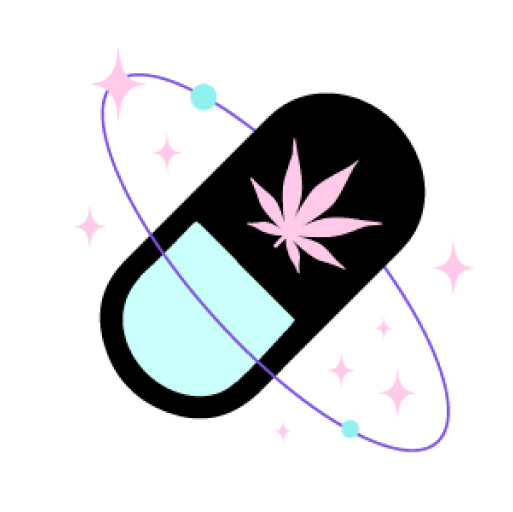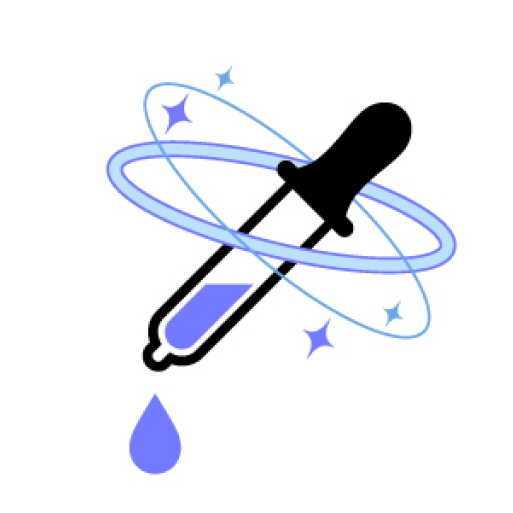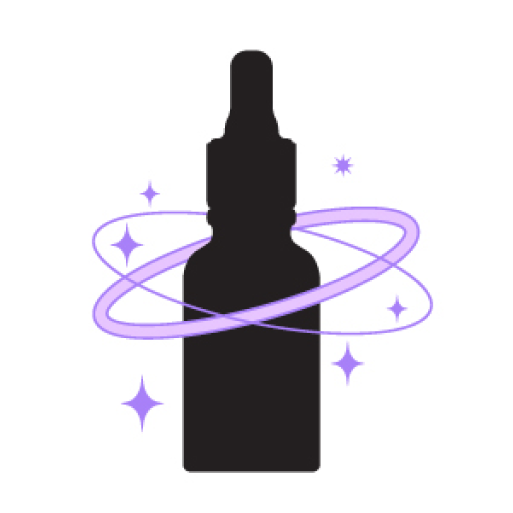CBDA 101: What You Need to Know
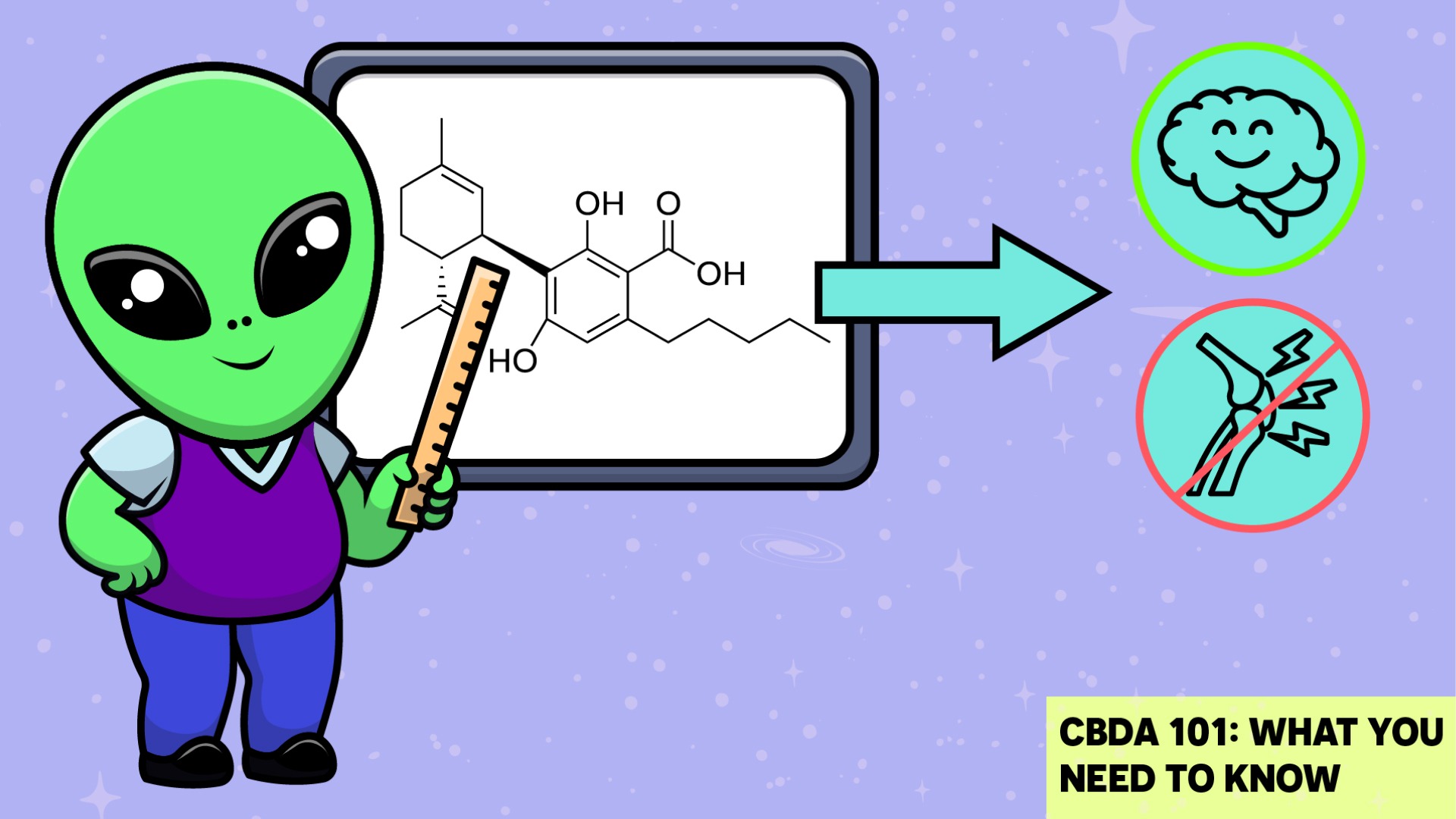
We’re sure that most of you who are reading this know a lot about cannabidiol (CBD) by now. Many users are familiar with its properties, product forms, dosing guidelines and so on. But, one thing that you may not be familiar with is the nature of CBD in its raw form called, “cannabidiolic acid”, aka CBDA. Basically, the CBD that we consume has undergone a process known as decarboxylation, changing the chemical structure of the cannabinoid and therefore its properties as well. CBDA, being the raw precursor to CBD, has completely unique properties that make it one of a kind.
Cannabidiolic acid isn’t new, but only recently have we taken its potential value seriously. As a result, you may begin to see CBDA popping up more in the future, which is why it’s important to know what it is and what it’s capable of. At the end of the day, CBDA could potentially be a gamechanger for your daily hemp routine, as you’re about to find out.
A Neat Look into the World of CBDA
As we mentioned, CBDA is the raw, acidic precursor to CBD. The hemp plant is rich in over 100 individual cannabinoids, and we experience these cannabinoids most frequently in their post-decarboxylated form. Decarboxylation is the act of applying a controlled amount of heat to the plant material, changing the way in which its cannabinoids interact with the body through the endocannabinoid system. The process basically “activates” some of the most sought-after properties in the plant.
But, the process, as we now know, also sacrifices the properties inherent to the raw versions of these cannabinoids. The more we study CBDA, the more we realize that we may have overlooked its surprising value. It’s important to point out that like CBD, CBDA is nontoxic to the human body, as is the case with all cannabinoids in the hemp plant.
Is CBDA Going to Get Me High?
CBDA is completely non-intoxicating. This shouldn’t surprise anyone who is familiar with CBD, as we know that cannabidiol is inherently non-psychoactive. But, in fact, cannabinoids do not possess intoxicating effects if they are in their raw form. This means that THC-A – the acidic precursor to THC, is also non-intoxicating. Anyone who has ever tried to consume cannabis flower in its raw form knows that you cannot get high from it.
What are the Properties of CBDA?
Before we get into the studies that have been conducted on CBDA’s properties, we have to point out that the cannabinoid has not been given as much attention by researches as CBD. So, you won’t find study after study noting each and every nuanced property for which the cannabinoid is becoming known. We do, however, have enough research available to us to come to the conclusion that cannabidiolic acid is very valuable, and has properties that make it quite unique from other cannabinoids that we’re more accustomed to.
Study #1: Anti-Inflammatory Properties
Recent studies show that CBDA offers anti-inflammatory effects, and this is something that we associate with many cannabinoids including CBD, CBG, delta 8 and more. But, the way in which CBDA offers this property is quite unique. Other cannabinoids seem to work with cannabinoid receptors that control the body’s inflammatory response as it occurs, while CBDA may have more preventative effects by inhibiting the precursor to inflammation, which is an enzyme known as COX-2. This could work in a complementary way with CBD which address inflammation more directly throughout the body.
Study #2: Serotonin-Boosting Effects
CBDA has shown to offer a lot of promise when it comes to interacting with 5-ht receptors, which largely control serotonin regulation. Serotonin is the hormone that keeps our mood uplifted and optimistic, and serotonin deficiency is the leading cause of depression. Serotonin deficiency can also lead to insomnia, anxiety, personality disorders, sexual dysfunction, low appetite and chronic fatigue, among other ailments. Meanwhile, serotonin also plays a critical role in balancing metabolism. CBDA seems to work on these receptors in a way that can boost serotonin uptake.
Study #3: Anti-Nausea Effects
CBDA may provide some level of relief from nausea again due to its influence over 5-ht receptors. Nausea is something that many cannabinoids can help with, and if you are someone who suffers from nausea, CBDA is definitely worth incorporating into your routine.
Study #4: Properties Related to SARS-CoV-2
A study was released only in January of 2022 that showed that CBDA, along with CBGA (cannabigerolic acid) can potentially block the spike protein of SARS-CoV-2 from absorbing into organ cells, including the lung cells, to prevent the virus from causing the disease that we know a COVID. It appears that the cannabinoids bind to the spike protein to change its physical structure so that the virus can no longer absorb properly into the cells of the body. We know that COVID’s virulence is largely based on how effectively the spike protein does interact with the cells of the lungs.
Is CBDA Legal?
CBDA is a totally legal cannabinoid, and thus, enjoys full legal status in all 50 states. As it is a natural cannabinoid and is non-intoxicating, no state has outlawed it, and no state has even entertained the idea of banning it.
What Kinds of Products Contain CBDA?
Most products on the market do not contain CBD. How come? Simple, because they have been decarboxylated. To actually consume CBDA, you would need a product that is specifically advertised as containing cannabidiolic acid. Full spectrum hemp does not even contain CBDA unless it’s advertised as raw, because CBDA disappears once decarboxylation has occurred.
But, now that we’re beginning to grasp the innate value of raw cannabinoids like CBDA, you’ll find more and more products popping up on the market very soon. When that does occur, expect to see CBDA gummies, tinctures and other familiar products that are made from isolated forms of these raw cannabinoids, as well as products that combine CBDA with other cannabinoids.
Can I Take CBDA with Other Cannabinoids?
Yes, you can take CBDA with other cannabinoids. We know by now that cannabinoids do not interact negatively with one another – after all, they come from the same plant. The COVID-related study that we referenced earlier was based on a combination of CBDA and CBGA, and so, could very well demonstrate a positive synergistic effect between the two, which is a principle we associate with many cannabinoid combinations.
CBDA: Unlock the Potential of CBD in its Raw Form
CBDA is a cannabinoid that we’re still learning about, but it’s already abundantly clear that this is not a cannabinoid that we should gloss over solely because it’s CBD in its raw form. And, in the near future, you will begin to see an influx of CBDA-infused products hitting the market.

